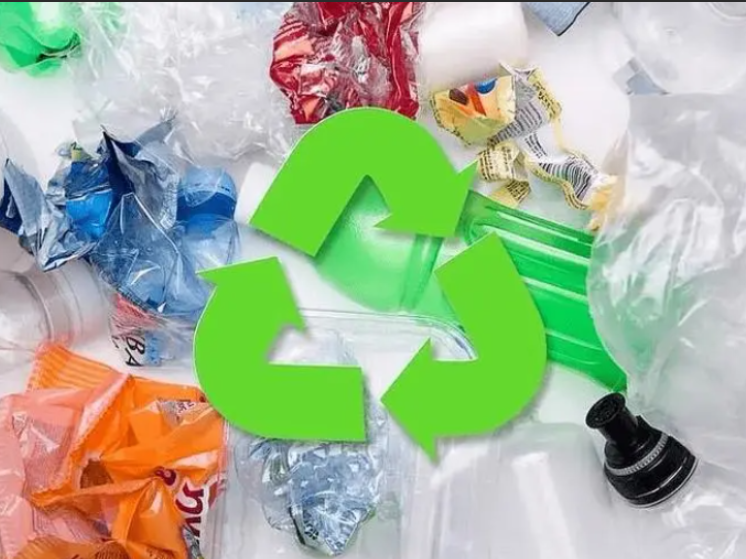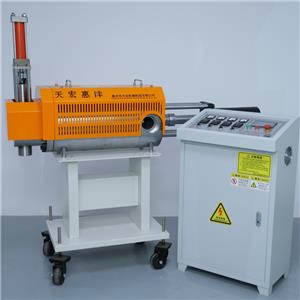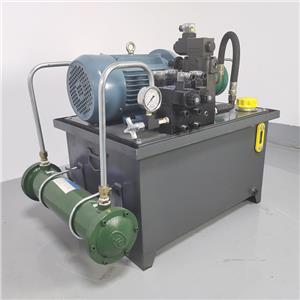2025: Recycled Plastics Industry – Has the Golden Turning Point Arrived?(1)
At a time when global environmental awareness is constantly awakening and the "dual carbon" goals are prominently in place, the recycled plastics industry, as a crucial link in the development of the green economy, is standing at the forefront of the era's transformation. In recent years, with the widespread application of plastics in various fields, the amount of waste plastics has been increasing day by day, imposing a heavy burden on the environment. Therefore, the development of recycled plastics is extremely urgent.
In terms of market scale, the recycled plastics industry has witnessed rapid development in recent years. According to relevant data, the production capacity of polypropylene (PP) exceeded 40 million tons in 2024. As the world's largest producer and consumer of recycled plastics, China is gradually moving towards specialization, differentiation and high-end development. At the same time, the application fields of recycled plastics have been continuously expanded, and they have been widely used in various industries such as construction, automobile and packaging, with market demand rising steadily.
On the technical front, the recycled plastics industry has also made remarkable progress. Waste plastic pyrolysis technology can convert waste plastics into high-value-added fuels or chemicals; significant breakthroughs have also been achieved in the research of biodegradable plastics, which accelerate the plastic degradation process through the action of microorganisms and enzymes. The continuous maturity of these technologies provides strong support for the sustainable development of the recycled plastics industry.

Market Scale and Growth Trend
In recent years, the market scale of the recycled plastics industry has shown a complex changing trend. From a data perspective, the market scale of China's recycled plastics industry reached 83.484 billion yuan in 2023. Although this was a decrease of 5.49 billion yuan compared with 2021, it does not indicate a stagnation or regression in the industry's development. Instead, it represents a phased adjustment driven by the interplay of multiple factors, such as global economic fluctuations, volatility in raw material prices, and policy adjustments.
Globally, the sales volume of the global recycled plastics market reached 75.49 billion US dollars in 2024. It is projected to climb to 108.54 billion US dollars by 2031, with a Compound Annual Growth Rate (CAGR) of 5.4% (2025-2031). This growth trend indicates that despite short-term fluctuations in market scale, the recycled plastics industry still has broad room for growth from a long-term perspective.
As one of the world's largest plastic-consuming countries, China has also seen vigorous development in its recycled plastics market. In 2024, the scale of China's recycled plastics market grew further to reach 23.555 billion yuan, while the scale of the waste plastic recycling market even hit 110 billion yuan. There are several key factors driving this growth. On one hand, the awakening of environmental awareness has led to a growing demand for green and sustainable materials among consumers and enterprises. Relying on its environmental protection properties, recycled plastics have been increasingly widely used in fields such as packaging, textiles, and automobiles. On the other hand, strong policy support has also injected powerful impetus into the industry's development. The introduction of a series of policies, including the 14th Five-Year Plan for Plastic Pollution Control Action, has clearly defined recycling targets and propelled the plastic industry to make significant strides toward green development.
Analysis of the Full Industrial Chain
The industrial chain of the recycled plastics industry is like a tightly interwoven link, connecting all segments from the source to the end. Each segment plays an indispensable role in the development of the industry.
The upstream of the industrial chain mainly consists of the waste plastic supply side, including various entities that generate waste plastics and recycling channels. Among them, scraps, defective products, and other waste produced by plastic product manufacturers during the production process are one of the important sources of waste plastics. Meanwhile, recycling channels such as community recycling points, professional recyclers, and waste recycling stations act like "resource collection hubs", gathering waste plastics scattered in various places. After preliminary sorting and organizing, these waste plastics provide basic raw materials for the processing segments in the midstream.
The midstream serves as the processing and treatment segment for recycled plastics, encompassing physical or chemical processes such as cleaning, sorting, crushing, melt granulation, and modification. The cleaning process removes dirt and impurities from the surface of waste plastics, improving the purity of recycled plastics; sorting classifies plastics by type, color, and other criteria, facilitating subsequent processing. Furthermore, key steps like melt granulation and modification can alter the physical and chemical properties of waste plastics, making their performance more stable and quality more reliable, thereby meeting the needs of different downstream industries.
The downstream refers to the application segment, including but not limited to fields such as packaging, textiles, and automobiles. In the packaging field, relying on advantages like environmental friendliness and low cost, recycled plastics are widely used in the production of various packaging materials, such as plastic bottles and packaging bags. In the textile industry, clothes made from recycled polyester fibers are not only soft and comfortable but also possess good breathability and moisture absorption. In the automotive field, recycled plastics are used to manufacture components like car interiors and bumpers, which not only reduces the weight of automobiles but also lowers production costs.




